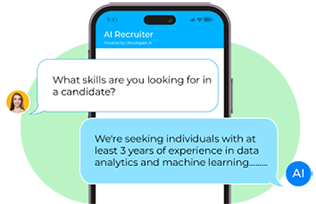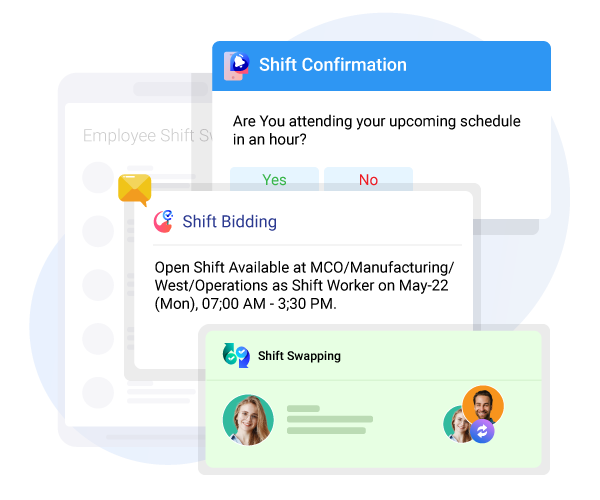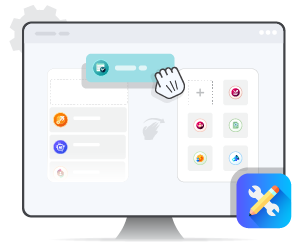School Districts Harness AI in Recruitment Process to Combat Driver Shortages
Facing a 15.1% decline in bus drivers since 2019, Colorado Springs District 11 transformed operations with AI. The platform automated recruitment, shift management, and scheduling, reducing no-shows by 50%, improving efficiency, and ensuring reliable transportation for students.
The nationwide shortage of school bus drivers has become a significant challenge for school districts, with many students left without reliable transportation. In 2023, the number of bus drivers nationwide in K-12 schools fell to approximately 192,400, marking a 15.1% decline since 2019, according to research by the Economic Policy Institute. Even with improved training programs and higher wages, districts like Colorado Springs School District 11 struggled to fill vacant positions due to its recruitment process and shift management issues. At the beginning of the academic year, District 11 budgeted for 110 drivers but could only hire around 60. However, after implementing AI software for eight months, the district achieved a nearly 50% reduction in bus driver no-shows, automated the full recruitment process, and shift management process.
CloudApper AI offers a powerful solution to address such workforce shortages, particularly by automating recruitment and shift management. Through conversational AI, the CloudApper platform streamlines the hiring process by reducing the time required to attract and onboard qualified candidates. Traditional recruitment methods often involve lengthy forms and tedious procedures, which can deter candidates from applying. CloudApper AI eliminates these barriers by engaging candidates through natural conversations, guiding them through the process seamlessly, and enhancing their overall experience. This helps organizations fill positions faster, ensuring essential roles are staffed without unnecessary delays.

In addition to recruitment, CloudApper AI improves workforce management by transforming shift scheduling and employee engagement. The platform’s AI engine can identify shift requirements, detect gaps, and promptly notify relevant employees through SMS, email, Slack, or other messaging apps. This automation ensures that shifts are filled efficiently and minimizes disruptions. By analyzing employee availability and qualifications, CloudApper AI identifies the best candidates for open shifts and sends notifications, making it easy for employees to accept or reject assignments. The system also reduces no-shows by sending reminders to confirm availability, ensuring operational continuity.

CloudApper AI further simplifies workforce management by offering an array of tools for time tracking and employee self-service. Employees can clock in and out using multiple methods, including face recognition, QR codes, or NFC, streamlining attendance management. The platform also empowers employees to manage their schedules, track hours, and submit time-off requests, reducing the administrative burden on HR teams. This self-service functionality not only improves employee satisfaction but also ensures that workforce data remains accurate and up-to-date.

For school districts like District 11, adopting AI means more than just filling vacant positions—it leads to long-term operational improvements. With automated shift management, fewer disruptions, and optimized driver allocation, schools can ensure that students have access to reliable transportation. Furthermore, by using AI to manage time tracking and workforce data, districts can make data-driven decisions, improve efficiency, and enhance compliance with labor regulations.
The challenges faced by school districts due to the driver shortage reflect a broader issue that many industries are confronting: the need for smarter, faster, and more adaptive workforce solutions. CloudApper AI offers a way forward by reducing the complexity of recruitment, streamlining shift management, and simplifying overall workforce operations. With fewer administrative bottlenecks and automated processes, organizations can focus on delivering value while ensuring that essential roles are staffed effectively and efficiently.













